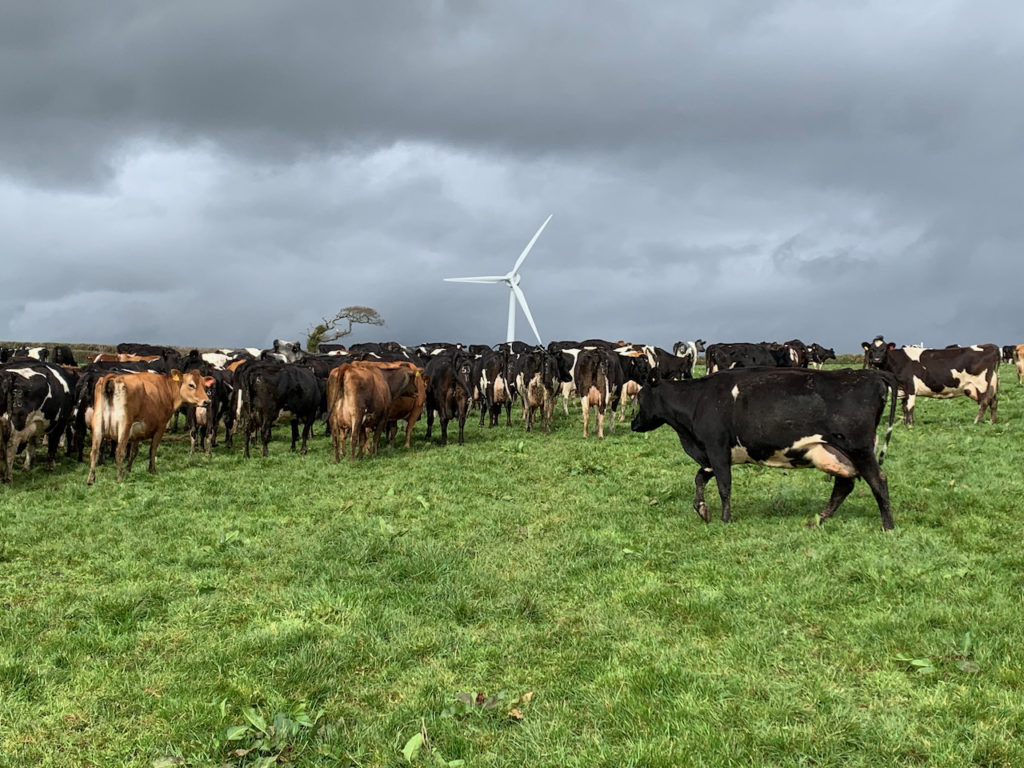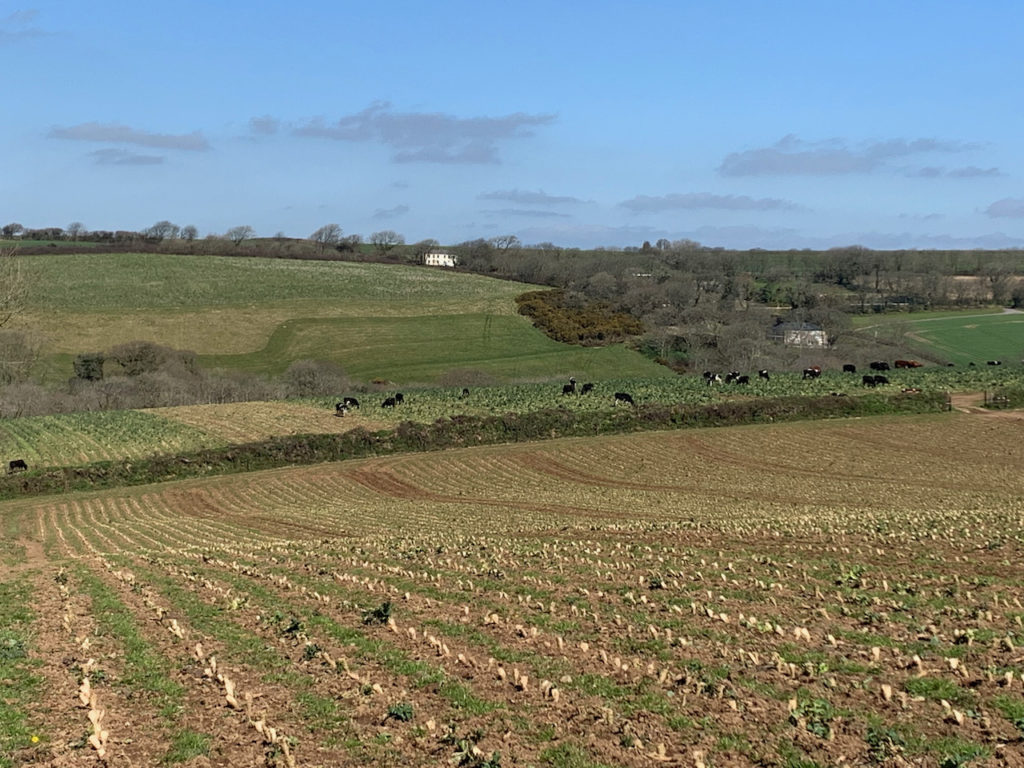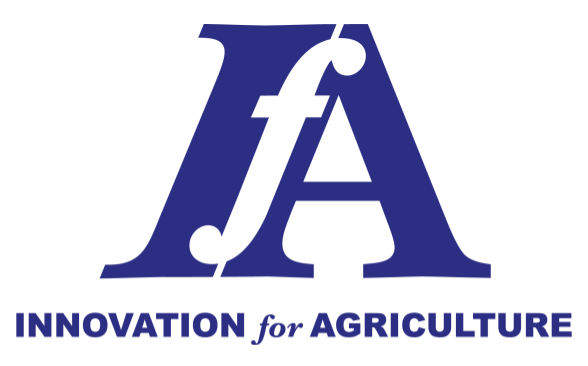Andrew Brewer farms 1,000 acres at Ennis Barton, Fraddon. He is a pasture-based dairy farmer and owns 500 Jersey cross cows. He finishes his beef calves on the grass system, with the average slaughter age for steers at 396 days, and for heifers at 511 days. He also lets out some land for the production of potatoes and cabbages.
Andrew is well known across the South West for his roles including Chair of the Agri-tech Cornwall committee, his Nuffield scholarship project exploring how to attract and retain quality staff in the dairy sector, as well as being an ambassador for Allflex and his work on sustainability with Arla.
Ennis Barton is moving towards a circular system based firstly on using liquid digestate form a local biogas plant to maintain fertility, and secondly from using Pruex inoculate waste woodchips from The Green Waste Company for cattle bedding. Soil and animal health is central to maintaining the productivity of this farming system and it is the integration of these two elements which have given Ennis Barton the leading edge.
As part of the Farm Net Zero project, Andrew is particularly interested to quantify and address the following questions:
- Does the rumination and activity of dairy cows differ on a diverse sward (or herbal ley) compared to a standard ryegrass and white clover mixture?
- How can field vegetables be best integrated into a forage-dominated rotation? How can the detrimental impacts on soil structure be minimised through the integration of livestock to feed on the cabbage waste and prepare the ground for low-impact cultivations? And what is the best follow-on seed mixture after cabbages to maintain/restore soil quality?
- The use of woodchip bedding compared to straw has improved calf health but what is the carbon footprint of using woodchip and a Pruex inoculant compared to conventional straw based bedding? And what is the nutritional value, and best method to handle the carbon-rich wood chips after use?
- Over winter-grazing of swedes and fodder beet are ideal for the lower yielding fields, but can this cover crop mixture being improved for feed value? And for soil health?
- For this particular farm, what is the difference in soil health and soil carbon from 4-5 years of herbal leys compared to the standard perennial ryegrass and white clover sward?


In the video clip below, Claire Brewer talks about involving local schoolchildren (and teachers!) in the life of the farm and in the world of agriculture in general, through farm visits and ‘hands-on’ activities.
Useful resources
Farm Net Zero
A community of farmers in Cornwall taking action to address climate change and protect soil health. Showcasing innovation, engaging the public and providing robust science through soil testing and footprinting:






